Home>Garden Essentials>Garden Storage>How Big Should My Wardrobe Be
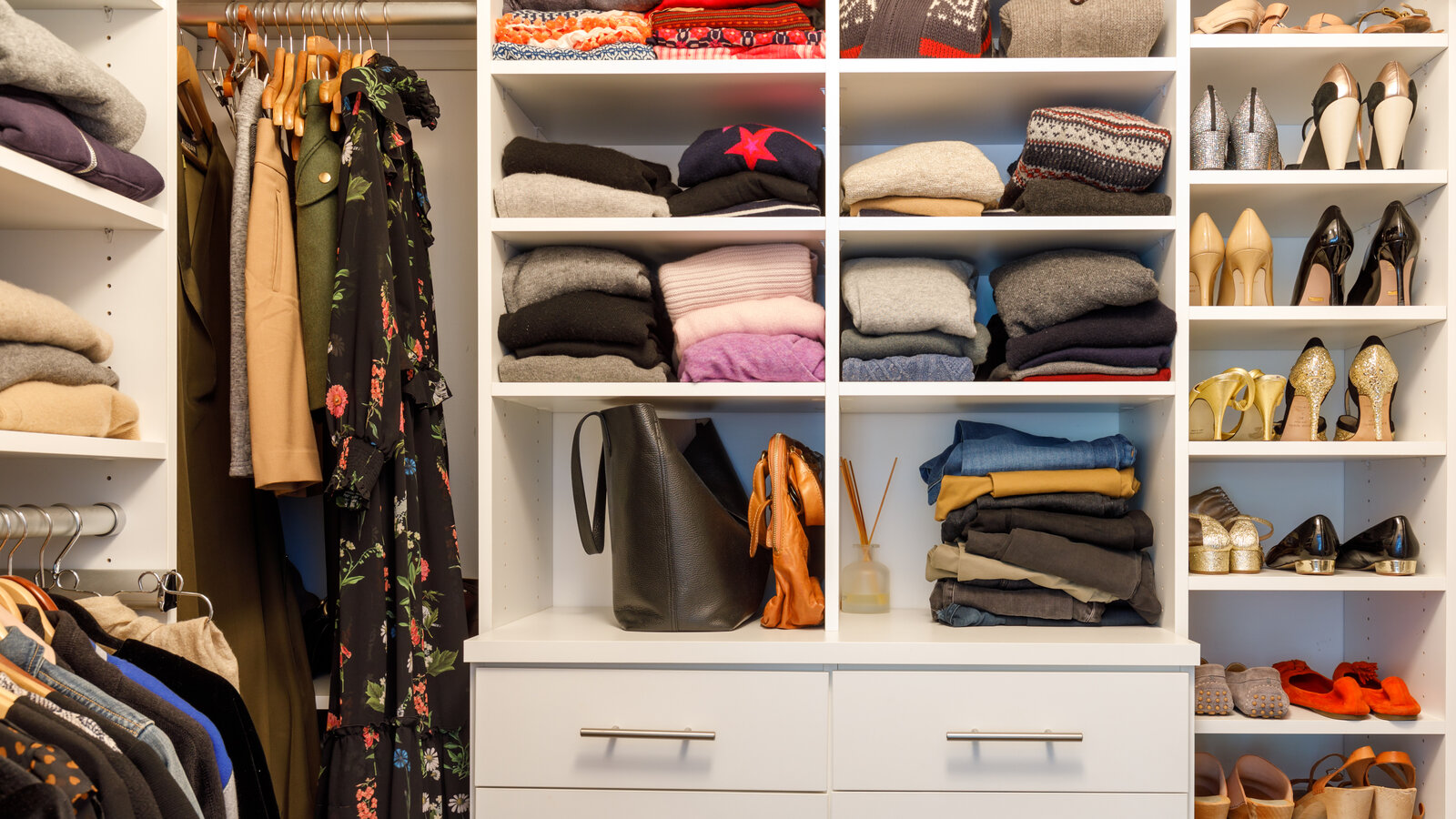

Garden Storage
How Big Should My Wardrobe Be
Modified: October 20, 2024
Discover the ideal wardrobe size for your storage needs. Explore tips and tricks to determine how big your wardrobe should be to accommodate all your belongings.
(Many of the links in this article redirect to a specific reviewed product. Your purchase of these products through affiliate links helps to generate commission for Storables.com, at no extra cost. Learn more)
Introduction
When it comes to our wardrobes, we all have different needs and preferences. Some of us may have a passion for fashion and require a vast array of clothing, while others prefer a minimalist approach with just the essentials. But how do you determine the ideal size for your wardrobe? In this article, we will explore the various factors that should be taken into consideration when determining the size of your wardrobe.
While there is no one-size-fits-all answer, there are several factors that can help guide your decision. These factors include your clothing storage needs, your lifestyle and wardrobe preferences, the available space in your home, and the storage options you have access to. By evaluating these factors, you can create a wardrobe that meets your needs while maximizing your space.
Additionally, we will also provide tips on how to organize and maximize your wardrobe space. A well-organized wardrobe can make it easier to find and access your clothing, saving you time and reducing stress. We will discuss strategies for decluttering your wardrobe and maintaining its organization over time.
So whether you’re building a new wardrobe from scratch or looking to revamp your existing one, this article will provide you with the guidance you need to determine the perfect size for your wardrobe and make the most of your clothing storage space.
Key Takeaways:
- Determine the ideal wardrobe size by assessing clothing needs, lifestyle, available space, and storage options. Create a personalized storage solution that reflects your unique style and maximizes space efficiency.
- Organize and maintain your wardrobe by purging regularly, optimizing storage, and practicing mindful shopping. Enjoy a clutter-free and well-curated collection that enhances your daily dressing experience.
Read more: How Big Is A Wardrobe Box
Factors to consider when determining the size of your wardrobe
Choosing the right size for your wardrobe requires careful consideration of various factors. Taking these factors into account will ensure that your wardrobe meets your storage needs effectively. Let’s explore some of the key factors to consider:
- Number of clothing items: Start by assessing the number of clothing items you own and plan to store in your wardrobe. Consider your collection of tops, bottoms, dresses, outerwear, and accessories. This will give you a rough estimate of the storage space required.
- Seasonal clothing: Take into account the seasonal variations in your wardrobe. If you live in an area with distinct seasons, you may need additional storage space for off-season clothing. Consider whether you have space to store these items elsewhere, like in a storage bin or under the bed.
- Special occasions and hobbies: Think about any special occasion clothing or hobby-related items you may need to store. If you have formal wear, costumes, or sports equipment, factor in the space required for these items.
- Shoe collection: Don’t forget to consider your shoe collection when determining the size of your wardrobe. Shoes can take up a significant amount of space, so make sure to allocate enough room for them.
- Accessories and jewelry: Assess the number and types of accessories and jewelry items you own. This includes belts, scarves, hats, handbags, and other accessories. Take into account the storage needed for organizing and displaying these items conveniently.
- Future growth: Consider your future clothing needs and any foreseeable changes in lifestyle or fashion preferences. Leaving room for future growth will prevent you from quickly outgrowing your wardrobe.
By taking these factors into consideration, you can determine a realistic and suitable size for your wardrobe. Remember that it’s better to have a slightly larger wardrobe than you currently need to allow for flexibility and potential future additions to your clothing collection.
Assessing your clothing storage needs
To determine the size of your wardrobe, it’s important to assess your specific clothing storage needs. This step will help you understand the amount of space required to store your clothing items effectively. Consider the following factors when evaluating your clothing storage needs:
- Clothing categories: Start by categorizing your clothing into different types, such as tops, bottoms, dresses, outerwear, and so on. This will help you visualize the space required for each category.
- Frequency of use: Take note of the clothing items you wear frequently versus those you wear less often. Keep your most-worn items easily accessible to save time and effort.
- Preference for hanging or folding: Determine whether you prefer to hang your clothes (on hangers or hooks) or fold them neatly in drawers or on shelves. This will influence the amount of hanging space and shelving or drawer space you’ll need.
- Storage for accessories: Consider the storage requirements for accessories like belts, scarves, hats, and handbags. Decide whether you want dedicated storage compartments for these items or if they can be stored alongside clothing.
- Organizational systems: Think about how you would like to organize your clothing within your wardrobe. This includes using dividers, storage bins, or specialty hangers to keep items separated and organized.
- Preferred display and visibility: Assess how you want your clothing to be displayed and visible. If you prefer a neat and streamlined look, you may want to limit the number of items exposed. Alternatively, you might prefer an open concept where everything is easily visible.
By evaluating your clothing storage needs, you can identify the specific requirements for your wardrobe size. This will ensure that the size you choose accommodates your clothing collection in a way that is organized, accessible, and suits your personal preferences.
Evaluating your lifestyle and wardrobe preferences
When determining the size of your wardrobe, it’s essential to consider your unique lifestyle and wardrobe preferences. This evaluation will help you tailor your wardrobe to meet your specific needs and ensure that it aligns with your personal style. Consider the following factors:
- Occupation and dress code: Take into account your occupation and the dress code associated with it. If you have a job that requires professional attire, you may need additional space for suits, formal wear, and dress shirts.
- Social activities: Consider your social commitments and activities. Do you frequently attend formal events? Are you involved in sports or outdoor activities? Assessing your social calendar will give you an idea of the types of clothing you’ll need to store.
- Style preferences: Think about your personal style and how it influences the number and types of clothing items you own. If you have a diverse range of styles, you may need more space to accommodate different outfits.
- Seasonal changes: Evaluate how your wardrobe changes with each season. If you live in an area with distinct seasons, you may have different clothing requirements for summer and winter. Consider whether you’ll need additional storage for off-season clothes.
- Special occasions: Take note of any special occasions or events that you frequently attend. This includes weddings, parties, or formal gatherings. Assess whether you’ll need dedicated storage for formal wear or specific attire for these occasions.
- Comfort versus fashion: Assess the balance between comfort and fashion in your wardrobe preferences. If you prioritize comfort over trendy fashion, you may have a smaller collection of clothing items.
Evaluating your lifestyle and wardrobe preferences will provide valuable insights into the size of your wardrobe. It will help you determine the amount of space needed to store the clothing items that reflect your unique style and accommodate your day-to-day activities. By aligning your wardrobe with your lifestyle, you can create a personalized storage solution that enhances your overall dressing experience.
Consider the 80/20 rule: wear 20% of your clothes 80% of the time. Keep a wardrobe that fits your lifestyle and needs, focusing on quality over quantity.
Considering available space and storage options
The size of your wardrobe should also be determined by the available space in your home and the storage options at your disposal. It’s important to make the most of the space you have while utilizing efficient storage solutions. Consider the following factors when assessing available space and storage options:
- Physical dimensions: Measure the dimensions of the area where you plan to install your wardrobe. This will give you a clear idea of the maximum size your wardrobe can be without overcrowding the space.
- Existing storage: Take stock of any existing storage solutions you have in your home. This includes built-in closets, wardrobes, or shelving units. Determine whether you can repurpose these storage options or if you need to invest in a new wardrobe.
- Furniture layout: Consider the layout of your room and how the wardrobe will fit into the overall furniture arrangement. Plan for sufficient walking space and ensure that the wardrobe doesn’t obstruct traffic flow.
- Storage efficiency: Assess the available storage options within the wardrobe itself. Look for wardrobes with adjustable shelving, hanging bars, and drawers that can accommodate your specific needs. Customizable storage solutions can maximize the use of space.
- Utilizing vertical space: If you have limited floor space, consider utilizing the vertical space in your room. Look for wardrobes with built-in storage options like overhead cabinets or shelves that make use of the height of the room.
- Alternative storage solutions: Explore alternative storage solutions if you have limited space. This may include under-bed storage, storage bins or boxes, or utilizing wall-mounted storage options like hooks or hanging shelves.
By carefully considering the available space and storage options, you can determine the appropriate size for your wardrobe. This will help ensure that the wardrobe fits seamlessly into your home while providing adequate storage space for your clothing items.
Read more: How Big Should My VR Play Area Be
Tips for organizing and maximizing your wardrobe space
Once you have determined the size of your wardrobe, it’s essential to optimize the space and create an organized system that maximizes storage efficiency. Here are some tips to help you organize and make the most of your wardrobe space:
- Purge and declutter: Start by decluttering your wardrobe. Remove any clothing items that no longer fit, are damaged, or haven’t been worn in a long time. This will free up space and make it easier to organize your remaining items.
- Optimize hanger usage: Use slim velvet hangers or cascading hangers to save space and keep your clothing wrinkle-free. Hang items like blouses, dresses, and jackets to maximize vertical space.
- Fold strategically: Fold items like t-shirts, sweaters, and jeans to conserve space. Use drawer dividers or organizers to keep folded items neat and easily accessible.
- Utilize vertical storage: Make use of the vertical space in your wardrobe by using shelf dividers or stackable storage units. This allows you to store items such as shoes or handbags in a space-efficient manner.
- Invest in storage accessories: Consider using space-saving accessories like hanging organizers, shoe racks, or accessory trays to maximize storage capacity and keep items organized.
- Group similar items together: Arrange your clothing items by category, such as tops, bottoms, and outerwear. This makes it easier to find what you’re looking for and prevents items from getting misplaced or forgotten.
- Label and categorize: Use labels or tags to identify different sections or storage containers within your wardrobe. This helps maintain organization and makes it easier to locate specific items.
- Avoid overcrowding: Resist the temptation to cram too many items into your wardrobe. Leaving some space between clothing items allows for better airflow, reduces wrinkling, and makes it easier to find and retrieve items.
- Regularly reassess and reorganize: Periodically review your wardrobe and make adjustments as needed. Remove items that you no longer wear and reorganize your storage system to accommodate any new additions.
- Alternate seasonal storage: If you have limited space, consider rotating your seasonal clothing. Store off-season items in vacuum-sealed bags or storage bins to free up space for current season clothing.
By implementing these tips, you can create an organized and efficient wardrobe space that maximizes storage capacity. An organized wardrobe not only saves you time and frustration but also allows you to appreciate and enjoy your clothing collection.
Maintaining and decluttering your wardrobe
Maintaining an organized and clutter-free wardrobe requires regular attention and upkeep. By implementing good habits and decluttering strategies, you can ensure that your wardrobe remains functional and enjoyable to use. Here are some tips for maintaining and decluttering your wardrobe:
- Regularly assess your clothing: Take the time to evaluate your clothing collection on a quarterly or biannual basis. Assess each item and ask yourself if it still fits, if you love wearing it, and if it’s in good condition. If not, consider donating, selling, or discarding the item.
- Limit impulse purchases: Avoid buying clothing items on impulse. Before making a purchase, think about whether the item aligns with your personal style, fits well with your wardrobe, and serves a purpose. This will help prevent unnecessary clutter in your wardrobe.
- Practice the one-in-one-out rule: For every new item you bring into your wardrobe, consider removing an old or less frequently worn item. This helps maintain a manageable and balanced clothing collection.
- Streamline your wardrobe: Assess your clothing collection for duplications or similar items. If you have multiple pieces that serve the same purpose, consider keeping only the ones you wear and love the most. This reduces clutter and ensures that each item in your wardrobe gets the attention it deserves.
- Create a donation or sell pile: As you declutter, have separate designated areas for items you plan to donate or sell. This allows you to easily remove them from your wardrobe and pass them on to someone else who can benefit from them.
- Organize accessories and small items: Use small storage containers or drawer dividers to keep accessories like jewelry, belts, and scarves organized. This prevents them from becoming tangled or lost in the shuffle.
- Regularly clean and maintain your wardrobe: Keep your wardrobe clean by dusting or wiping down the shelves and surfaces regularly. Launder or dry clean your clothing as needed to keep them fresh and in good condition.
- Stay mindful of your storage capacity: Avoid overfilling your wardrobe, as this can lead to wrinkled clothing and difficulty finding what you need. Be mindful of your storage limits and make adjustments as necessary.
- Establish a maintenance routine: Set aside time periodically to revisit and reorganize your wardrobe. This includes reevaluating your storage systems, decluttering any new additions, and ensuring that everything is in its designated place.
By incorporating these strategies into your routine, you can maintain a clutter-free and organized wardrobe. Enjoy the benefits of having a well-curated collection of clothing items that reflect your personal style and make getting dressed a breeze.
Conclusion
Determining the size of your wardrobe is a crucial step in creating a functional and organized storage space for your clothing items. By considering factors such as your clothing storage needs, lifestyle, wardrobe preferences, available space, and storage options, you can make informed decisions about the ideal size for your wardrobe.
Assessing your clothing storage needs involves categorizing your clothing items, considering seasonal variations, and accounting for special occasion or hobby-related items. By evaluating your lifestyle and wardrobe preferences, you can determine the types and quantities of clothing you’ll need to store.
Considering the available space in your home and the storage options at your disposal is essential to ensure that your wardrobe fits seamlessly into your living space. Optimizing the storage efficiency within your wardrobe, utilizing vertical space, and exploring alternative storage solutions can help maximize the potential of your wardrobe space.
Organizing your wardrobe effectively and maximizing its space requires implementing strategies such as purging and decluttering regularly, using efficient storage solutions, and maintaining good organizational habits. With these tips, you can create a well-organized wardrobe that makes it easier to find and enjoy your clothing collection.
Maintaining and decluttering your wardrobe is an ongoing process. By regularly assessing your clothing, practicing mindful shopping habits, and staying organized, you can ensure that your wardrobe remains functional and clutter-free. Take the time to clean and maintain your wardrobe and establish a routine for reevaluating your storage systems.
In conclusion, determining the size of your wardrobe is a personal decision that depends on various factors. By considering your specific needs and preferences, as well as the available space and storage options, you can create a wardrobe that suits your lifestyle and brings joy to your daily routine. So, start assessing, organizing, and maximizing your wardrobe space to create a personalized storage solution that reflects your unique style and makes getting dressed a delightful experience.
Frequently Asked Questions about How Big Should My Wardrobe Be
Was this page helpful?
At Storables.com, we guarantee accurate and reliable information. Our content, validated by Expert Board Contributors, is crafted following stringent Editorial Policies. We're committed to providing you with well-researched, expert-backed insights for all your informational needs.
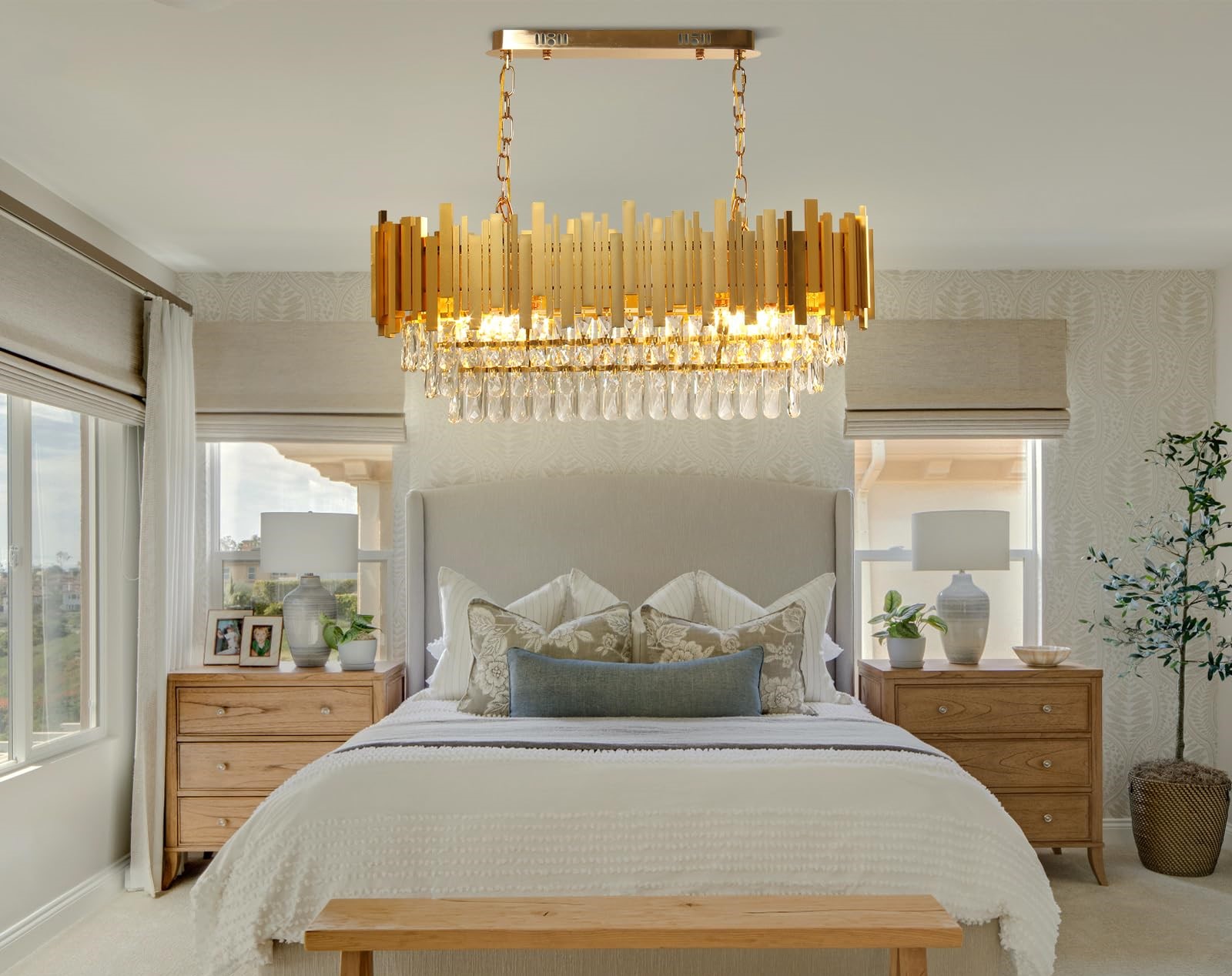
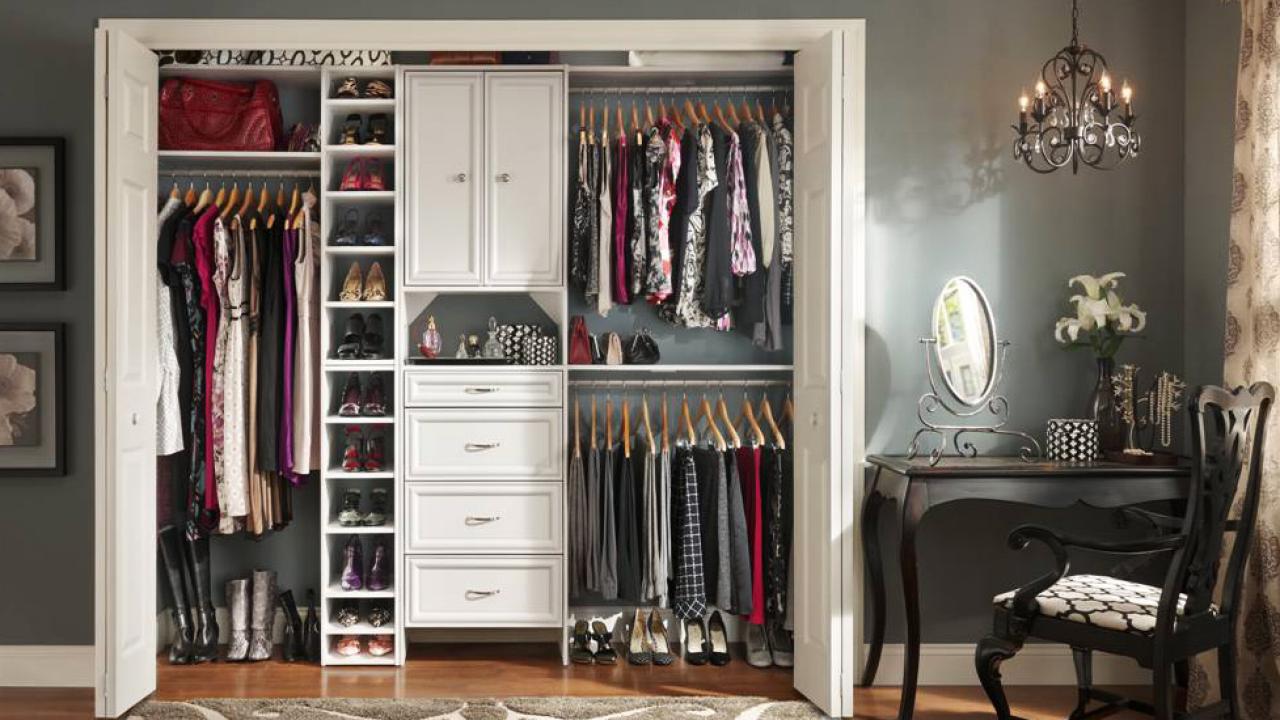
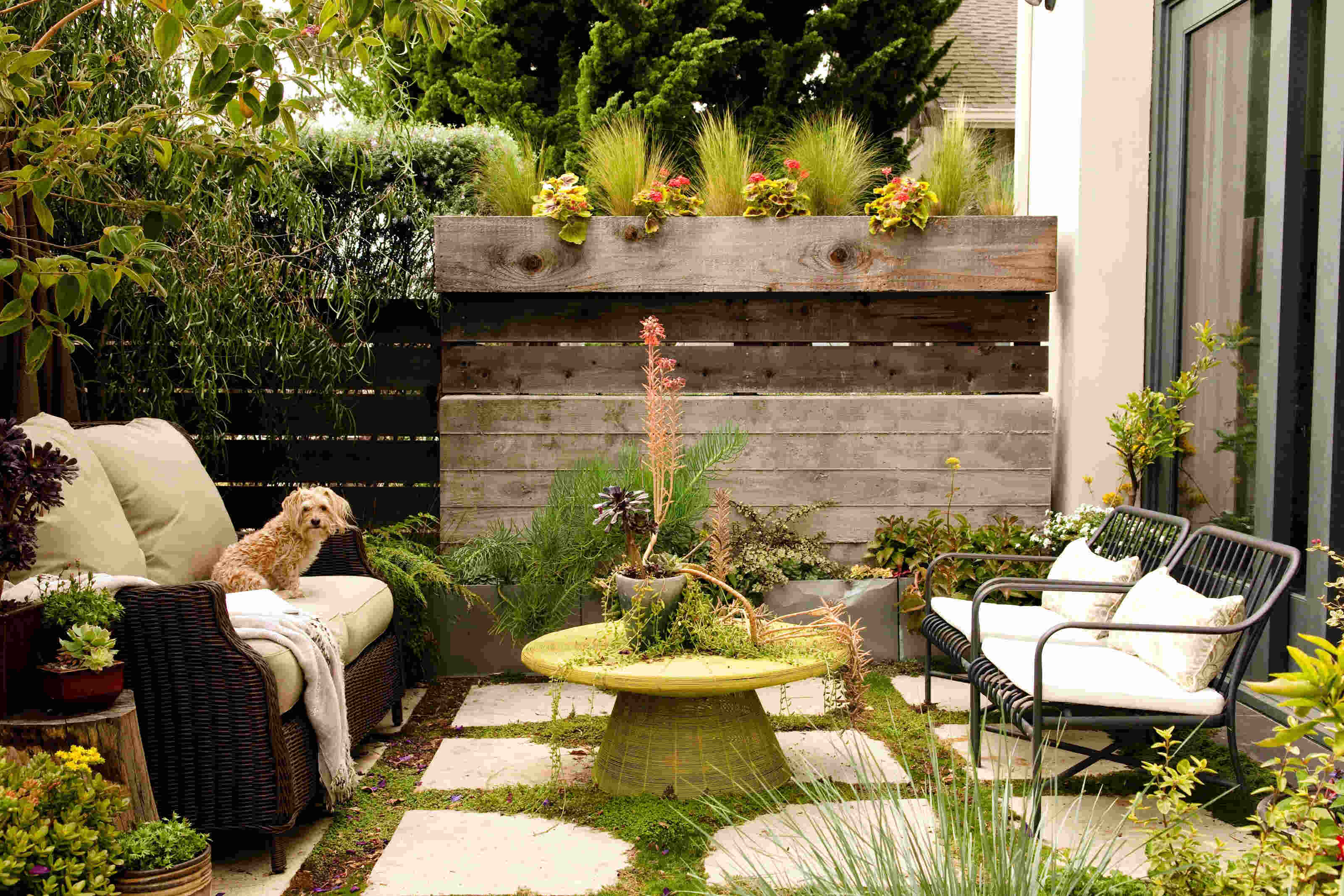
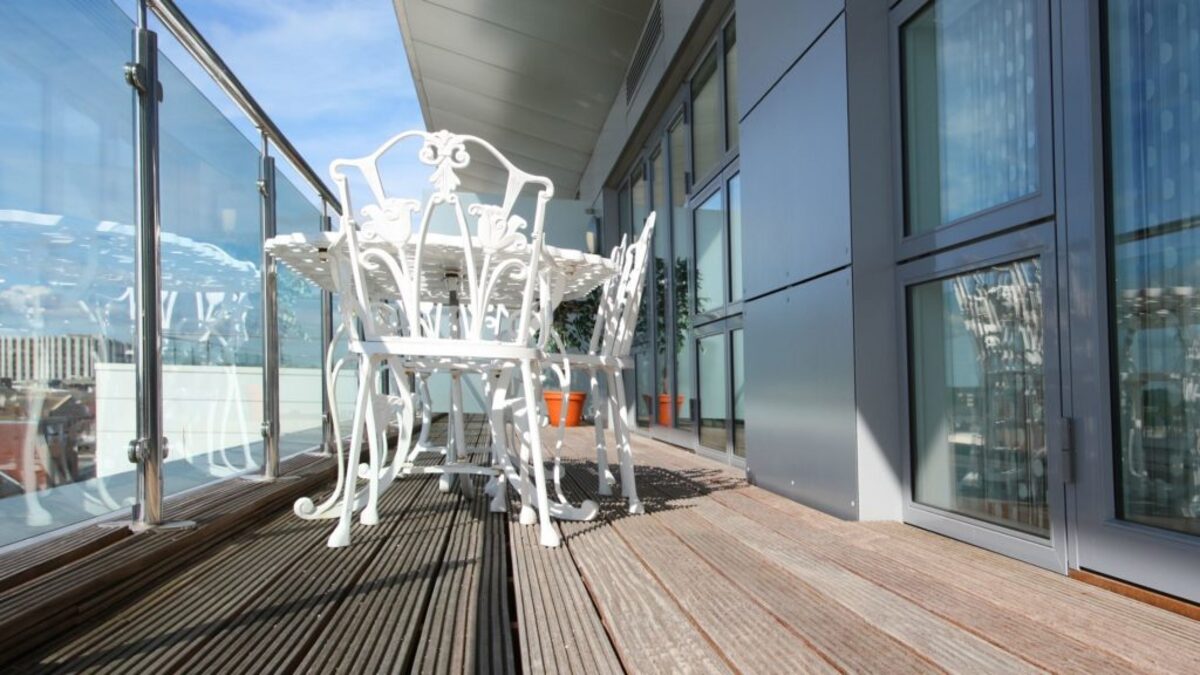
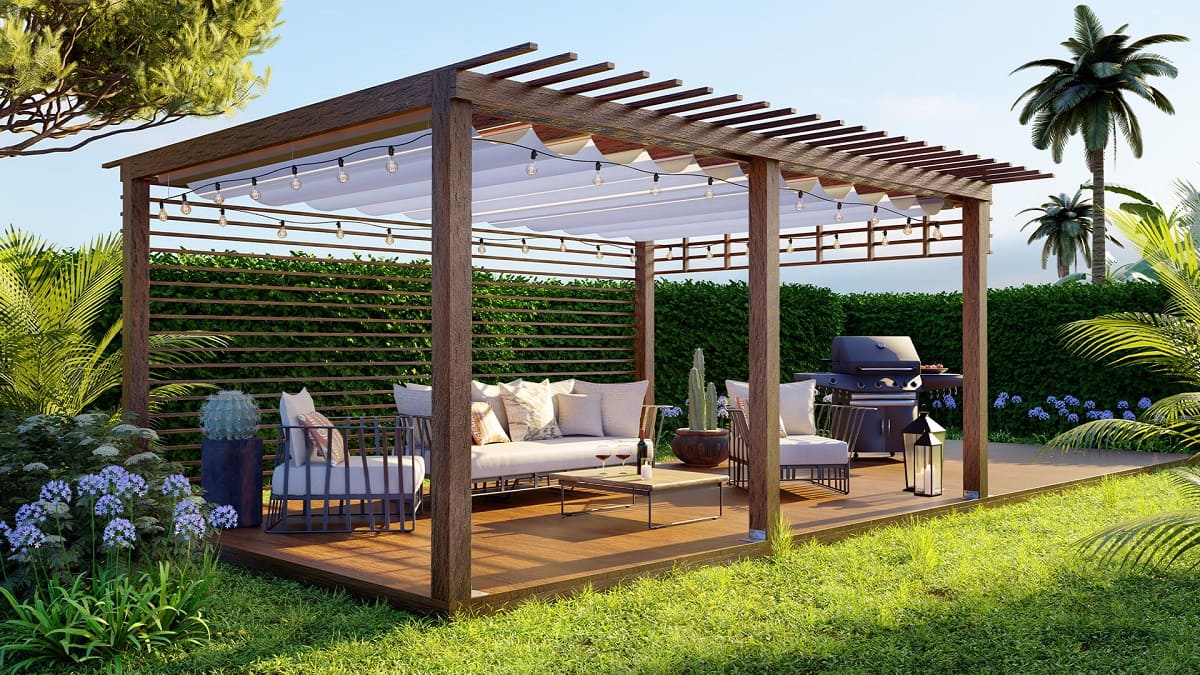
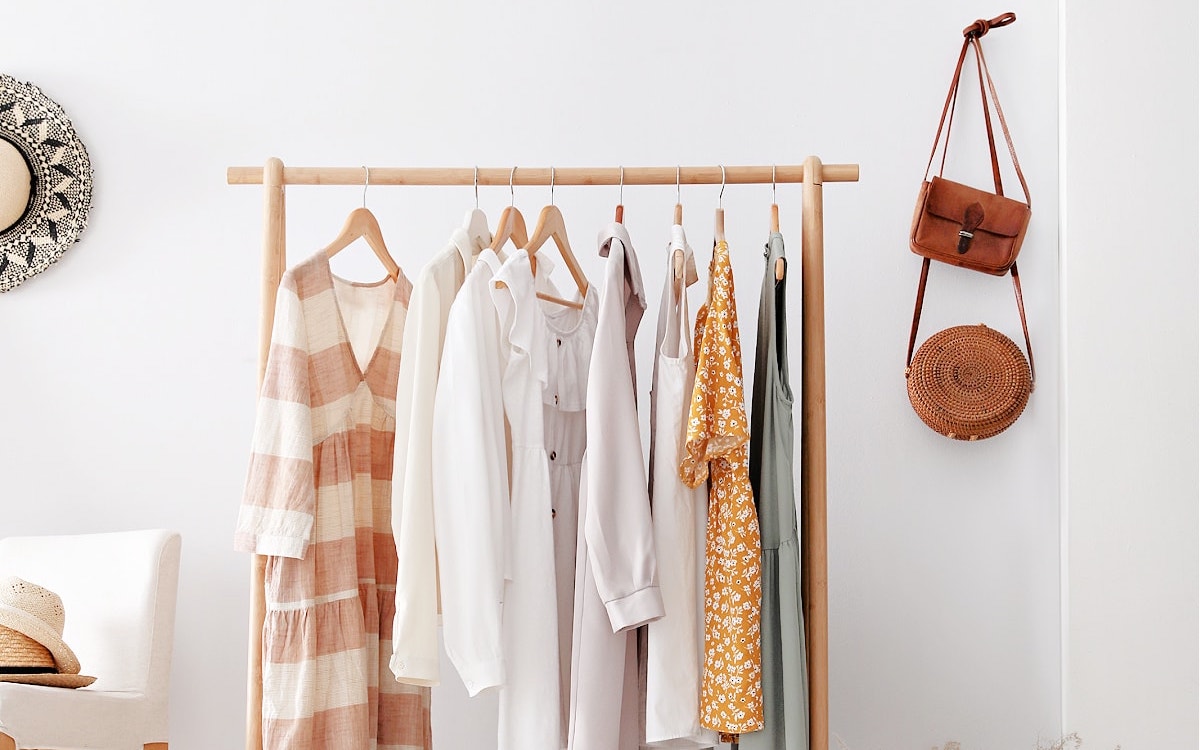

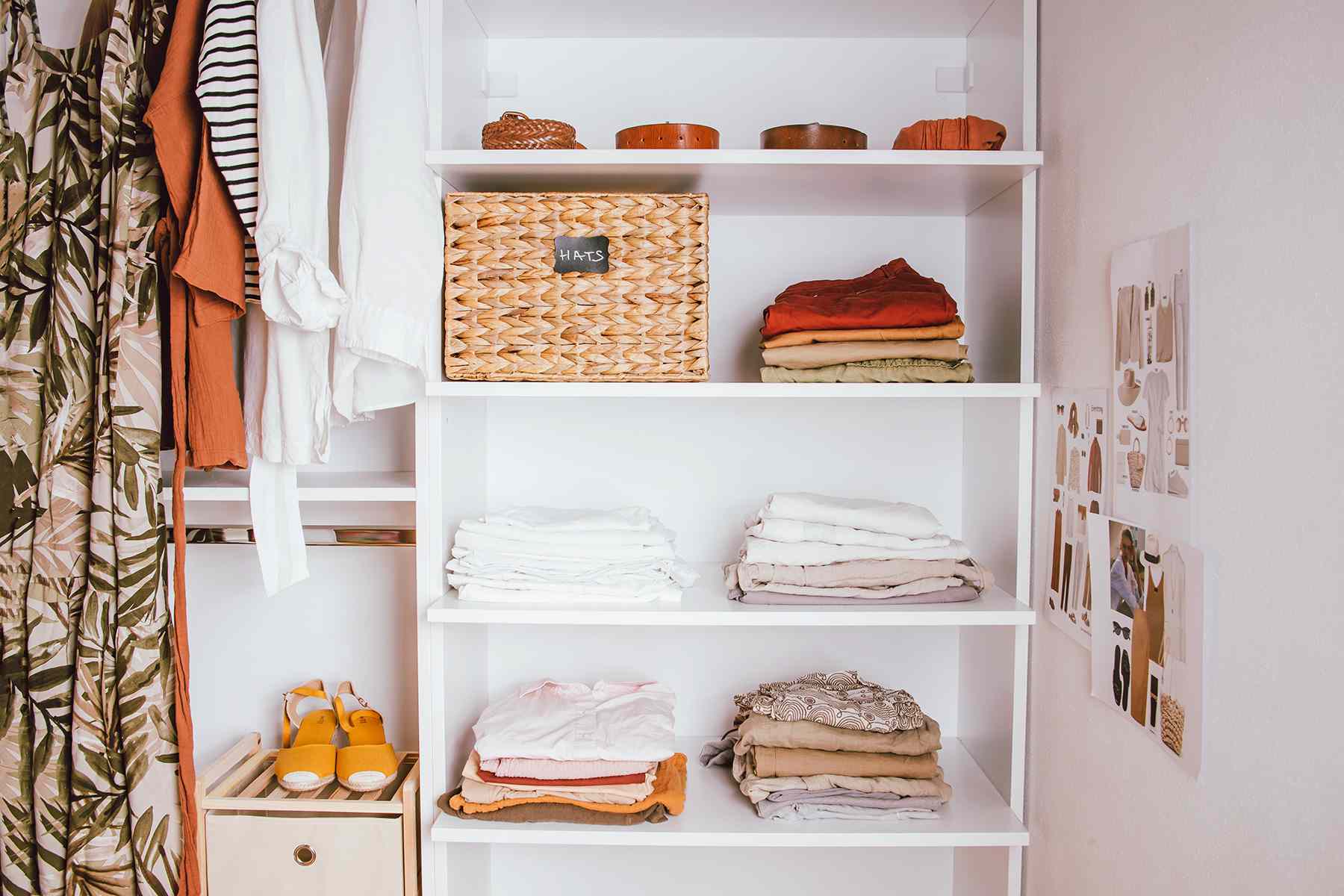
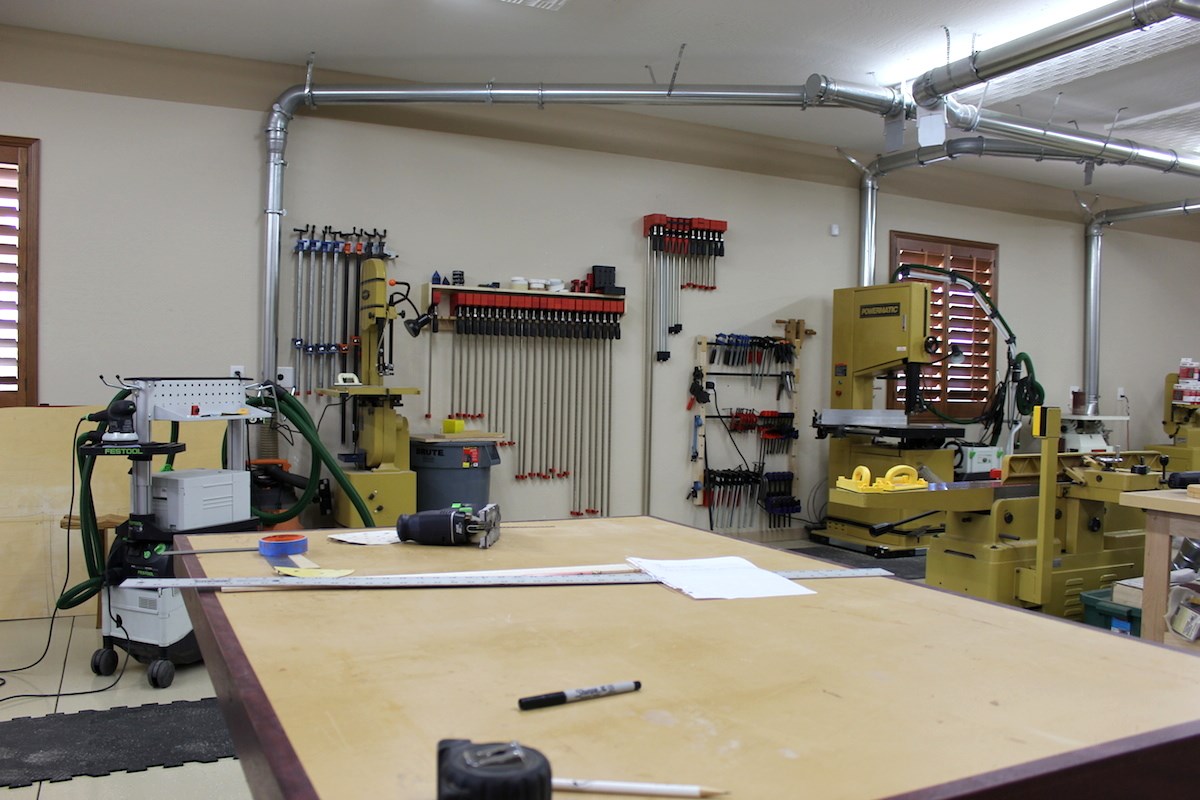
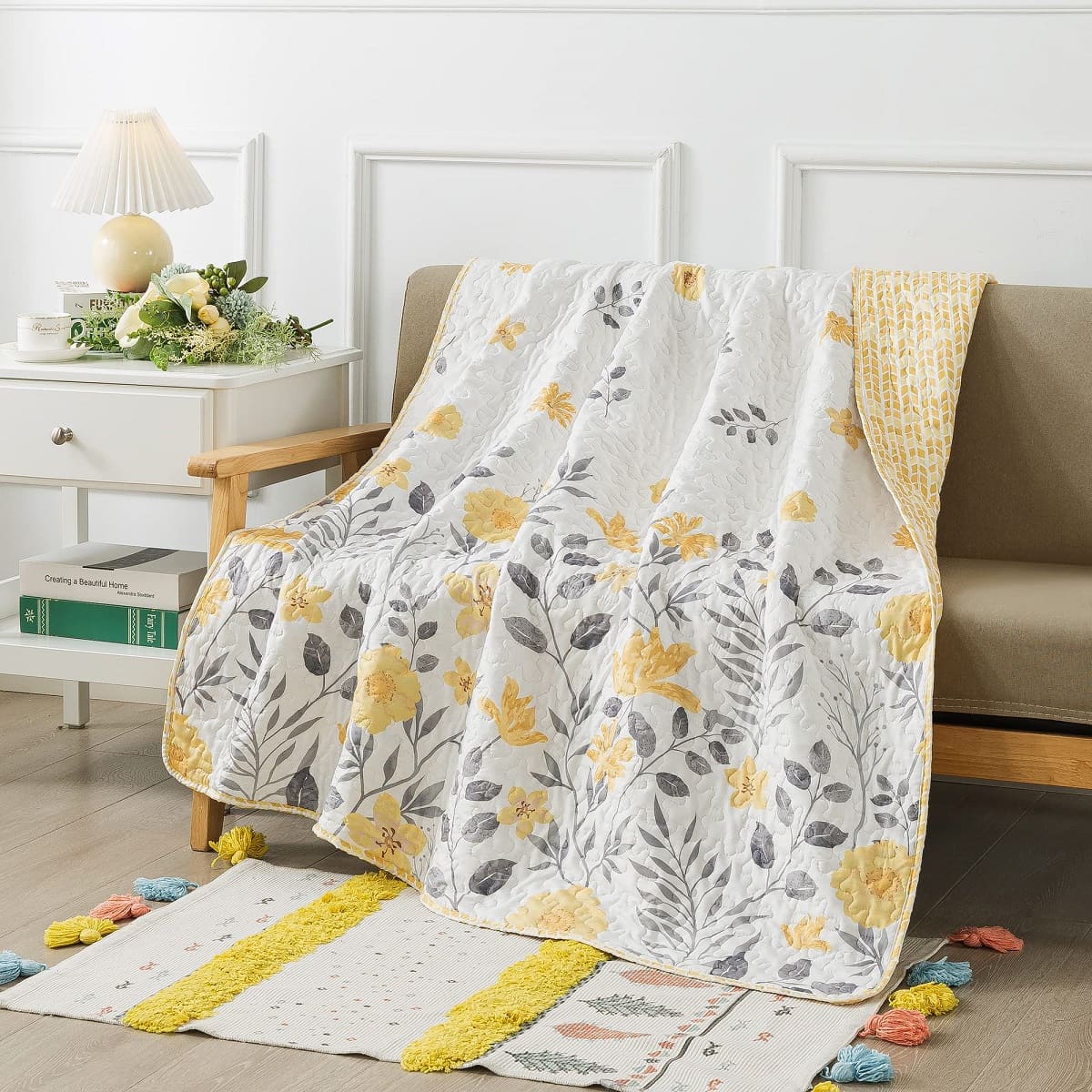
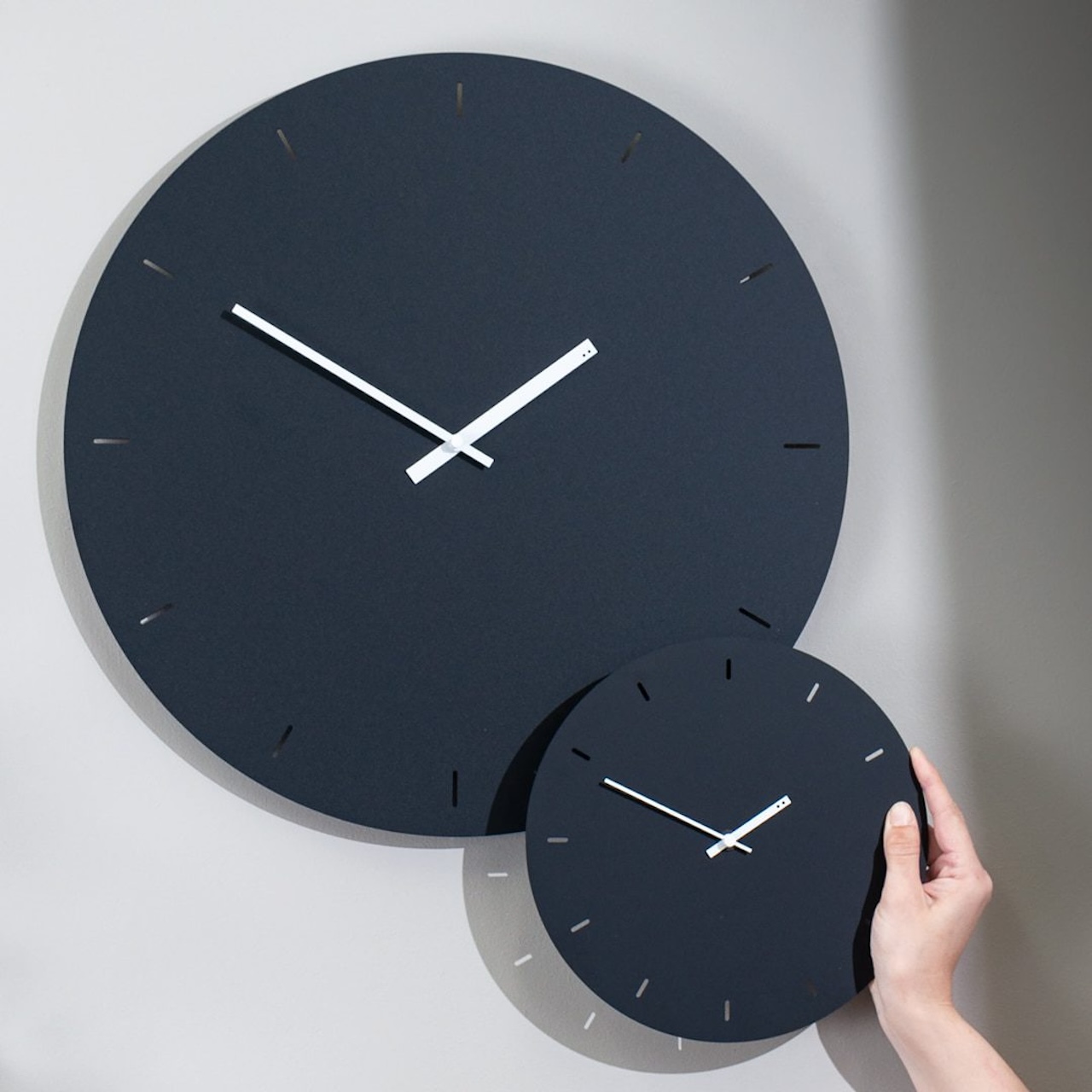
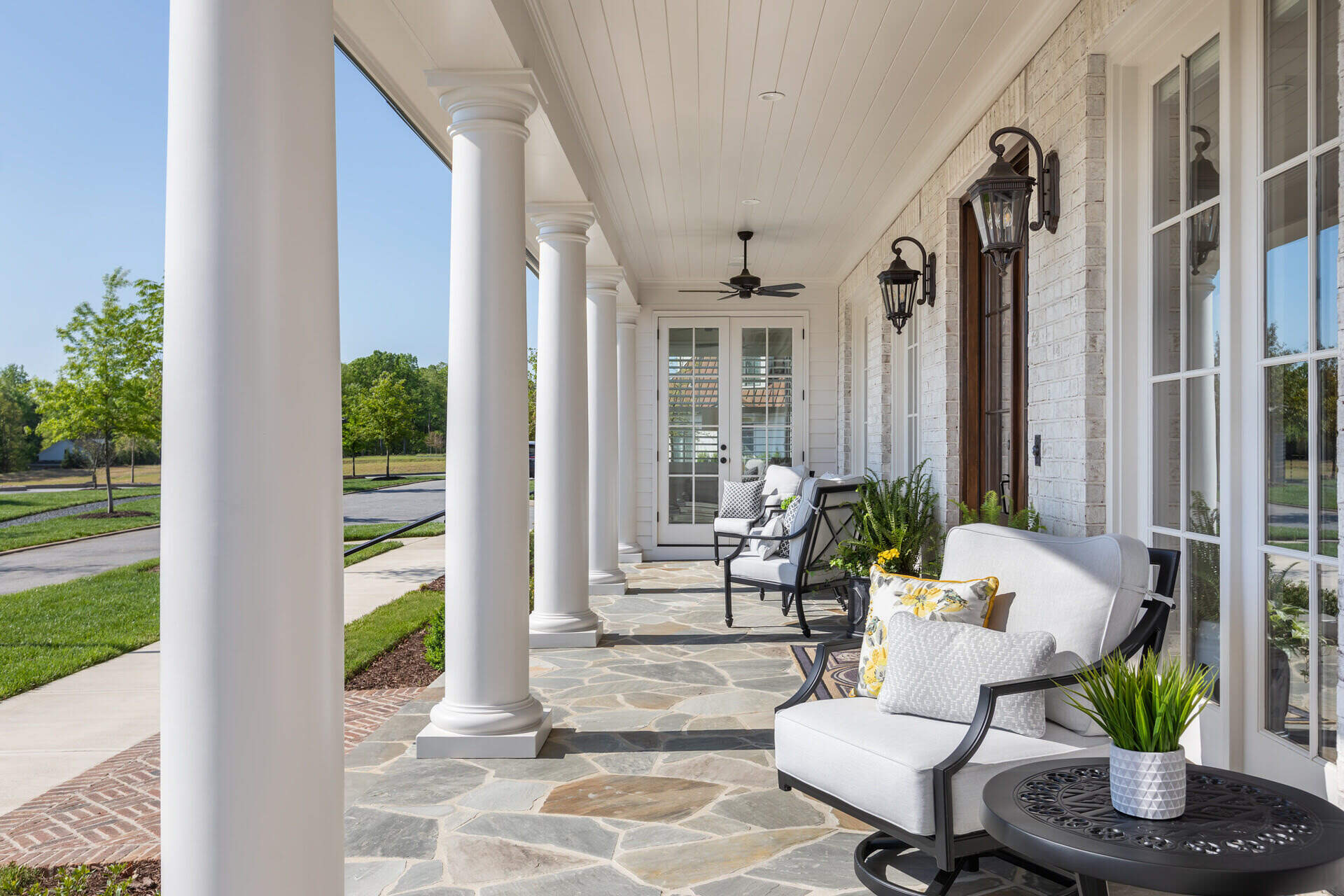
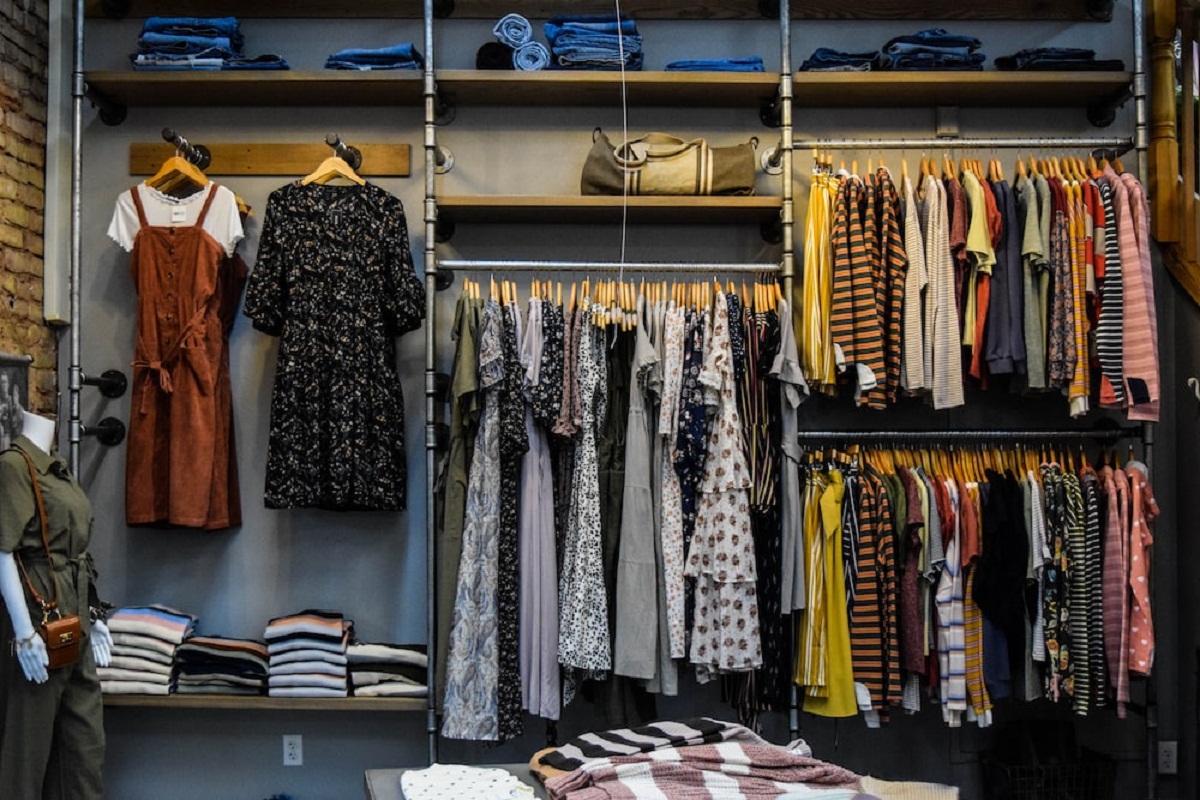
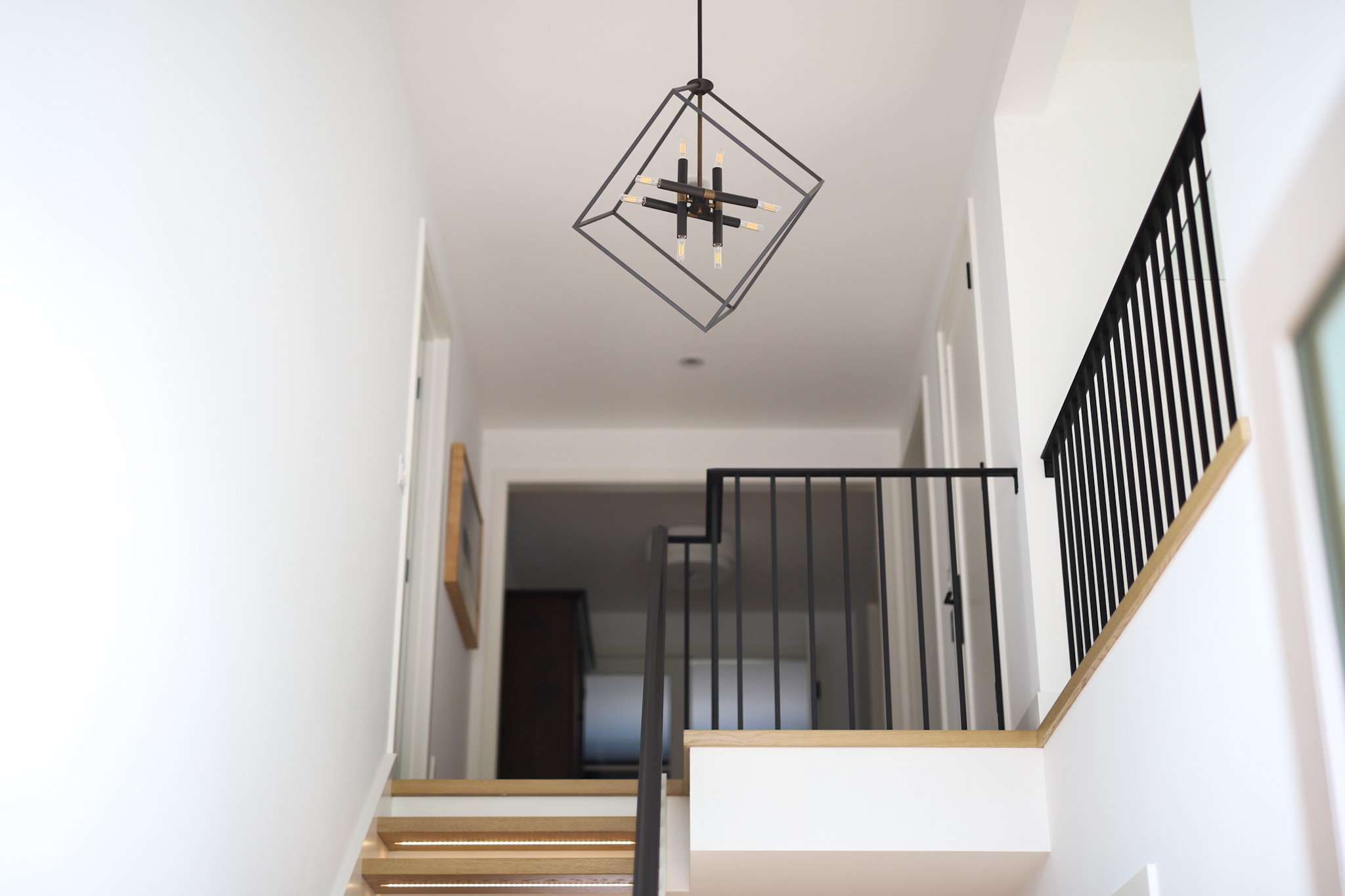

0 thoughts on “How Big Should My Wardrobe Be”